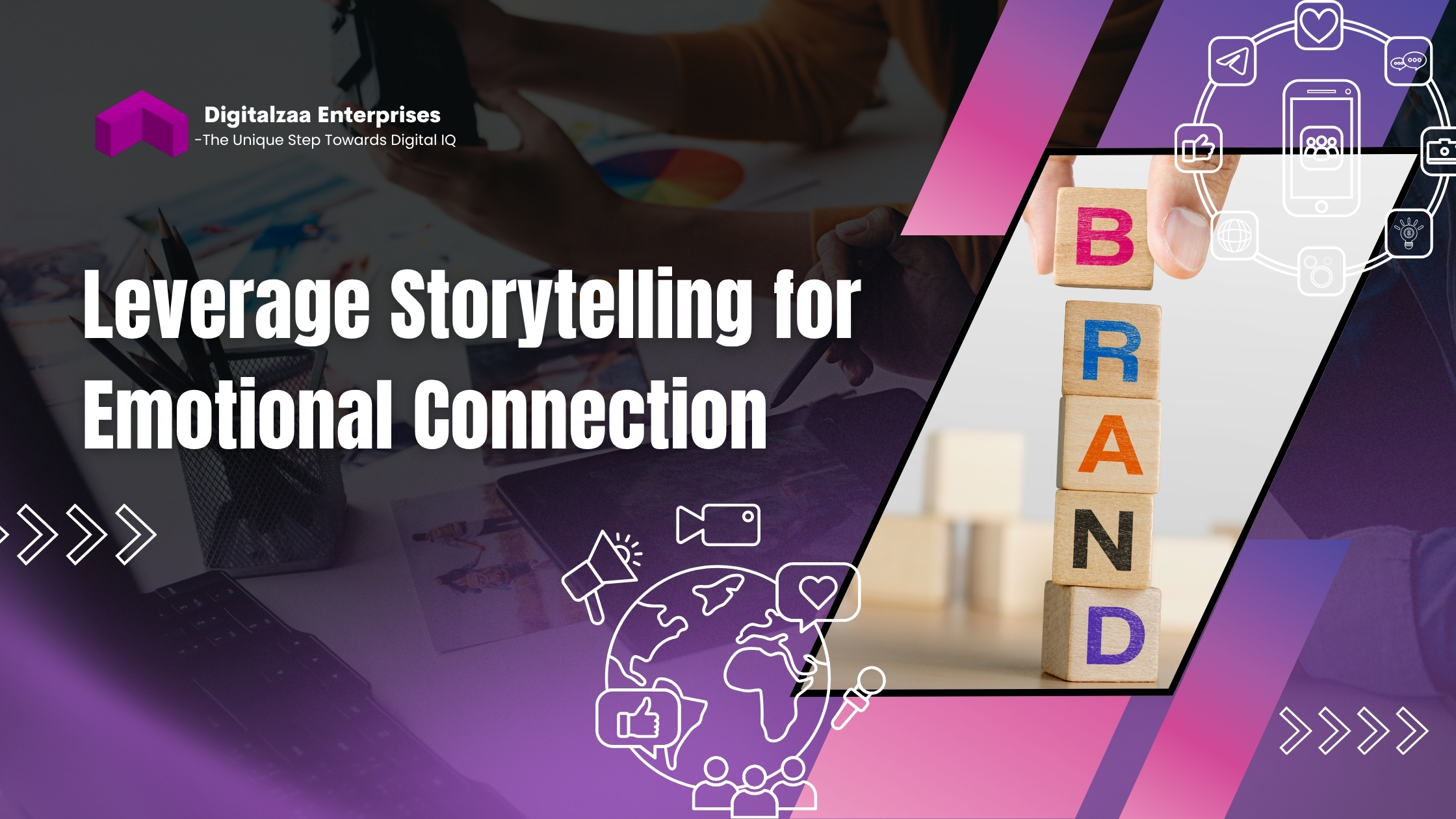How to Turn Your Story Into a Powerful Brand

In today’s digital age, personal branding has become more than a buzzword—it’s the foundation of influence, trust, and business growth. Whether you’re a coach, creative, entrepreneur, or thought leader, your story is your most valuable asset. Unlike a logo, tagline, or business card, your story cannot be replicated. It’s unique to you, filled with experiences, lessons, and perspectives that no one else can offer.
The challenge? Many people hesitate to share their stories. They worry they aren’t “special enough,” or they fear judgment. But here’s the truth: people don’t connect with perfection—they connect with authenticity. And when you learn how to harness your story, you transform it into a powerful brand that resonates deeply with your audience.
Let’s dive into the practical steps that will help you turn your story into a brand that inspires, influences, and leaves a lasting impact.
1. Recognize the Value of Your Story
The first step is understanding that your story matters. It doesn’t need to be dramatic, world-changing, or picture-perfect. What matters is how it connects to the people you want to serve.
Think about:
- Your challenges: What obstacles have you overcome?
- Your lessons: What did those experiences teach you?
- Your growth: How did those lessons shape your current mission?
When you frame your story as a source of value for others, it becomes the foundation of a brand that people want to follow.
2. Identify Your Core Message
Your story has many layers, but not every detail is relevant to your brand. The key is to extract the core message—the central theme that connects your experiences with the transformation you want to inspire in others.
- A health coach’s core message might be: “If I can rebuild my life after burnout, so can you.”
- A business mentor’s message could be: “I help people avoid the mistakes I made while scaling my first business.”
- A creative’s message might be: “Your art matters, and I’m proof that following your passion is worth it.”
Once you know your message, your brand becomes clearer, and your story becomes a tool for connection and influence.
3. Embrace Authenticity Over Perfection
Many people hold back from sharing their story because they want it to sound polished and flawless. But authenticity is far more powerful than perfection.
- Share the vulnerable parts of your journey, not just the highlights.
- Talk about failures as well as successes—these moments make you relatable.
- Use your natural voice rather than trying to sound like someone else.
When your audience sees your real self, they trust you. And trust is the ultimate currency of personal branding.
4. Structure Your Story for Impact
While your story doesn’t need to be perfect, structuring it makes it more engaging and memorable. One of the most effective formats is the Hero’s Journey model:
- The Struggle – Share the challenge or obstacle you faced.
- The Turning Point – Explain the decision, moment, or shift that changed everything.
- The Transformation – Show the growth, success, or lessons you achieved.
- The Mission – Connect your story to how you now serve others.
This structure ensures your audience not only understands your journey but also sees how it can apply to their own lives.
5. Connect Your Story to Your Audience’s Needs

Your story is powerful, but to become a brand, it must resonate with others. Always ask: “How does my story serve my audience?”
- Share your experiences in a way that provides inspiration, education, or hope.
- Highlight the lessons your audience can apply to their own challenges.
- Position your journey as proof that transformation is possible.
The magic happens when your personal journey becomes a roadmap for someone else’s success.
6. Share Your Story Across Multiple Platforms
To build a brand, you need visibility. Don’t limit your story to one platform—share it in different formats across your digital presence.
- Website: Add an “About” page that communicates your journey and mission.
- Social Media: Share short posts, captions, or reels that highlight key moments of your story.
- Email Marketing: Send personal stories to connect with subscribers on a deeper level.
- Speaking Engagements: Use your story as the anchor of your presentations.
Consistency across platforms ensures your story becomes recognizable and associated with your brand.
7. Use Visual Branding to Support Your Story
Your story isn’t just told through words—it’s also communicated visually. Colors, fonts, photos, and design choices all help express your narrative.
For example:
- A brand built around resilience may use bold, strong visuals.
- A wellness brand might lean toward calming colors and minimalist design.
- A creative brand could embrace vibrant visuals that reflect personality.
When your visuals align with your story, your brand becomes more cohesive and memorable.
8. Keep Evolving Your Story
Your story doesn’t end once you’ve told it. Personal branding is dynamic because you’re always growing, learning, and experiencing new chapters in life.
- Revisit and update your story regularly.
- Add new lessons and insights as your journey evolves.
- Show your audience that you’re still learning—this makes you relatable and approachable.
By sharing your growth in real time, you build a brand that feels alive and authentic.
9. Leverage Storytelling for Emotional Connection

At its core, branding is about creating emotions. Facts tell, but stories sell. When you tell your story in a way that stirs emotions—whether it’s hope, joy, determination, or inspiration—you build deeper connections.
Use storytelling techniques like:
- Sensory details: Paint vivid pictures with your words.
- Dialogue: Recreate conversations that shaped your journey.
- Emotion: Share not just what happened, but how it felt.
These elements make your story stick in people’s minds and hearts.
10. Believe in the Power of Your Story
The final and most important step: truly believe that your story matters. When you carry self-doubt, your audience will sense it. When you own your story with pride, people will lean in to listen.
Remember:
- Your story has the power to inspire someone else’s transformation.
- Your unique experiences position you as an authority in your niche.
- Your story, shared consistently, becomes your most valuable brand asset.
Conclusion
Building a powerful brand isn’t about gimmicks or marketing tricks—it’s about showing up as your authentic self and sharing the story only you can tell. Your challenges, lessons, and transformations are not just personal milestones—they are the foundation of a brand that can inspire, guide, and connect with others on a deep level.
When you embrace your story, structure it for impact, and share it across platforms, you create more than a brand—you create a legacy. A legacy that positions you as a thought leader, attracts opportunities, and leaves a lasting impression on your audience.
Now is the time to stop hiding your story and start sharing it with confidence. Your journey has the power to influence lives, build trust, and elevate your personal brand beyond what you ever imagined.
For more inspiration and actionable strategies to transform your story into a brand that stands out, check out this Pinterest pin. It’s your guide to turning your personal journey into the most powerful branding tool you’ll ever have.


